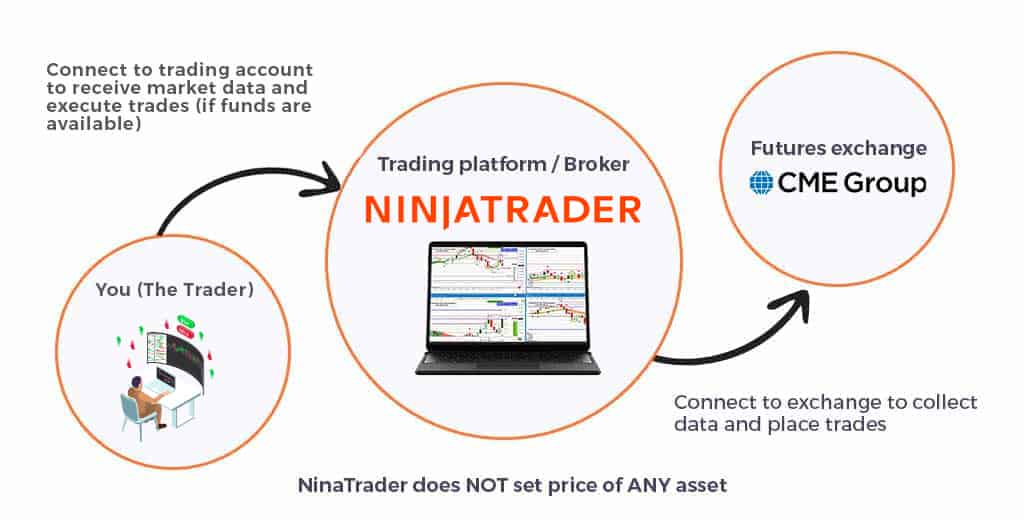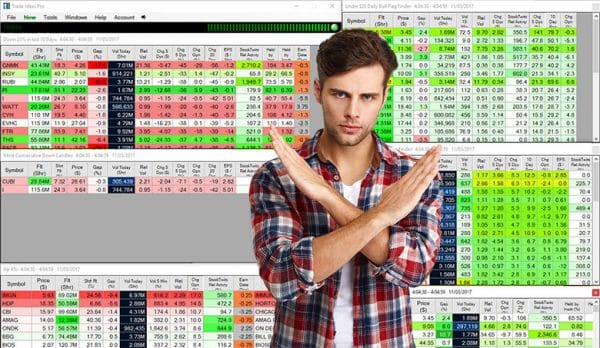The Advantages of trading Futures vs Stocks
Futures contracts can be traded over many asset classes, including stocks, and the stock indices themselves. They can also be traded across commodities such as oil, gold, wheat, and more, and also across currencies.
If you are looking to begin trading Futures, our courses in commodity futures trading for beginners is the perfect way to start.
Don’t have time to read? Listen below
Leverage
Futures are a leveraged product, meaning that a trader is able to place trades using only margin. A margin is a fractional amount of the actual value of the trade (typically 10%). This means that a trader is able to increase the potential profit from a trade. Effectively a trader who trades on margin at 10% has 10x the exposure. A stock trader can only place a trade on a stock that they have the available funds to purchase.
It is important to also note that trading leveraged products also increases the risk of losses and that risk management techniques should always be used.
Liquidity
The Futures markets are some of the most liquid in the world. Billions of dollars are traded on some of the larger Futures markets on a daily basis. This means that there is no shortage of buyers and sellers available and taking a trade is extremely quick, there is no extended waiting for an order to execute as is the potential with stocks.
Direct connection to the Exchange
A futures trader has the ability to connect directly to the exchange that they want to trade. A stock trader is not able to do this. For a trader to trade a given stock market without the use of Futures, they need to go through a broker.
Trading through a broker means that the real price of an equity may be different to what the broker is offering, so you may not be getting the best deal in that respect. Brokers also have the ability to manipulate the data that they send you, and can actually trade against you if they wanted to.

Short selling is simpler
Short selling is a technique that is used when an asset is thought to be going down in price. A trader that can place both buy and sell orders has twice as much choice available to them, and they are able to trade no matter which direction the market is moving.
Some stock markets can limit shorting certain stocks, or even prohibit it all together. There are certain rules applied to some stocks that mean that a great shorting opportunity may not always be available. If a trader wants to short stocks they will need to “borrow” that stock from their broker. If there is not a lot of supply for that stock the trader may have a hard time placing a short trade.
Easier to focus
Due to the liquidity of the Futures markets there is always volume available. Given the vast number of stocks that can be traded, stock traders need to seek out stocks that have high or higher than usual volume. For those trading futures, it is most often a case of trading popular time slots on 1 chosen market as the volume is naturally occurring in most cases.
No need for watch lists or scanners
Stock traders put a lot of time and money into creating a watchlist for their potential trades. Stock scanners often cost a subscription fee to use. It can also become confusing when trying to watch many charts on many screens. Futures trading allows a far simpler approach with no need for extra software.

Day trade with a smaller account (Avoid PDT Rule)
In order to Day Trade stocks you must satisfy the Pattern Day Trader (PDT) rule. The PDT rule stipulates that you must have an account of at least $25,000 in order to place an unlimited amount of trades in a given session. If the account size is under $25,000 a limit of 3 intra-day trades can be placed per week. This is limiting for those without access to the funds required, or those who simply don’t want to start trading with an account that size.
One way around the PDT rule is to create a “cash” account, however this is a band aid fix that has its own issues. Once a trade has been exited the cash funds will take 3 days to settle, which means a trader has their funds tied up and unable to trade in that period. Having a small account means that even having a small amount of capital tied up can really hinder progress.
For those who choose to Day Trade Futures as part of our professional stock trading course, there is no PDT rule, a trader simply needs to have enough funds available to execute trades. Given the existence of mini and micro markets traders are able to start out with a considerably smaller account than stock traders.
For this reason, there is a very clear advantage for Futures traders who have a smaller amount of capital to invest.
A level playing field
The Futures markets are highly regulated and don’t lend themselves to manipulation. For example, there isn’t the possibility of an insider trader fluctuating price based on inside information.
The bottom line
Futures trading offers a great opportunity to make higher returns via trading on margin. However it is extremely important to apply proper risk management techniques to limit the size of losses. Although stocks are one of the most traded assets there are many benefits to choosing Futures as an alternative. If you want to learn more about trading Futures and why we choose to trade them over any other form of trading, join us for one of our next FREE online trading classes.

